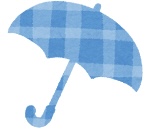The English translation is below
6月11日は『傘の日』です。この日が暦の上で「梅雨入り」に
なることが多いからです。沖縄が梅雨明けしたので、本州はまもなく
梅雨入りでしょう
日本に住んでいればこの先1ヶ月半ジメジメした季節を過ごすことに
なりますが、私は別に嫌いではないですね。
というのも、この後やってくる猛暑の方がシンドイ…
地球温暖化で、もはや夏が暑すぎてそれよりはマシって気分です
梅雨があるせいか、日本では雨や水に関する表現が豊富です
なのでこのシーズンを有効利用して日本文化を学んでいきましょう!
学習者さんにオススメの日本風梅雨の過ごし方をご紹介します
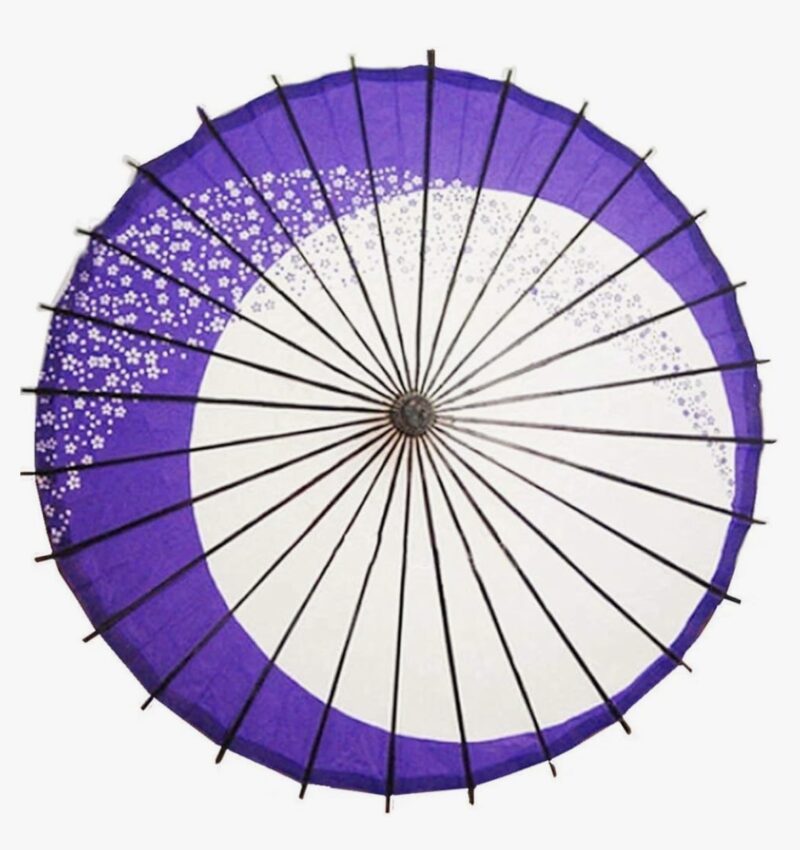
①まずはやっぱり気分のアガる傘をGETする
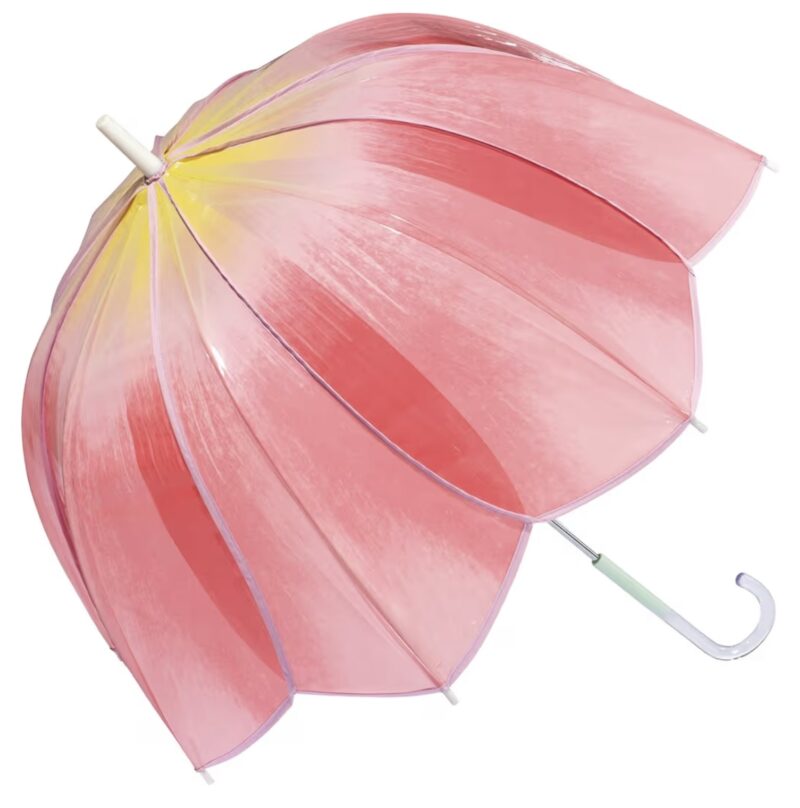
チューリップ型の傘❣️可愛さと実用性が備わった
ラブリーな傘です。ちなみにこのブログに登場している傘は
全てAmazonで買えます
②梅酒をつける
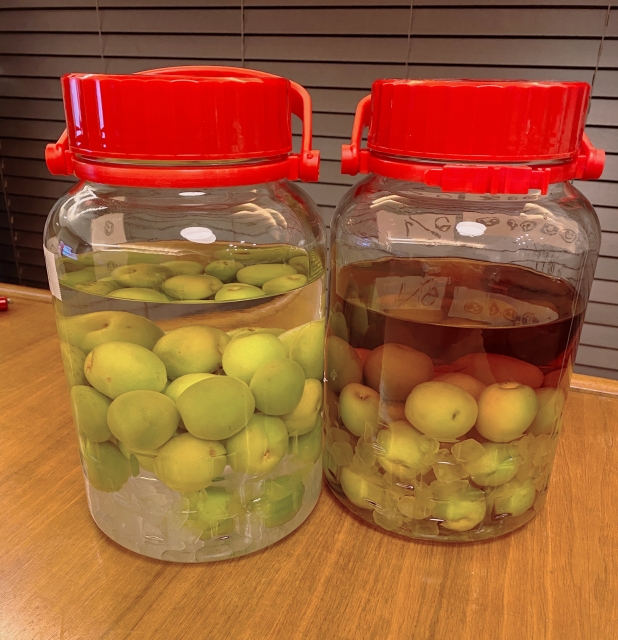
なぜ「梅雨」と書くようになったかというと
中国で梅の実が熟す時期に降る雨を「梅雨」と呼んでいて
それが日本にも伝わったということです
私の家でも、3日前に梅酒をつけました!
やっぱり和食に合うんですよね〜
飲めるようになるまで、半年の辛抱です
③アジサイを鑑賞する
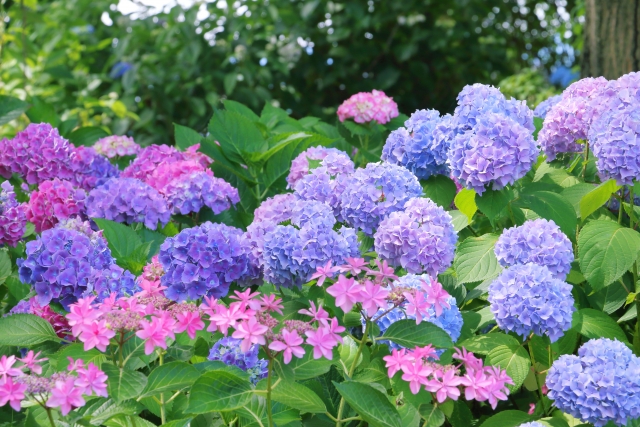
家の庭にもありますが、だんだん色づいてきました
雨が似合う花ってなかなかないですよね
④そういえばアジサイってどんな漢字だっけ?
と、読みにくいけど美しい季節の言葉を学ぶ
紫陽花(あじさい) 苔(こけ) 夏至(げし)
雨蛙(あまがえる) 五月雨(さみだれ)旧暦なので実際は6月
⑤「五月雨」という季語を覚えたところで、
五月雨を あつめて早し 最上川
という、松尾芭蕉の有名な俳句を味わう。
五月雨はしとしと降るもので、決して豪雨ではないのだけど
それが集まるとこんな急流ができる。あまりの激変ぶりに
驚いた、大自然の脅威を詠んだ歌です。意味はさておき
日本人ならほとんどの人が聞いたことのある歌です
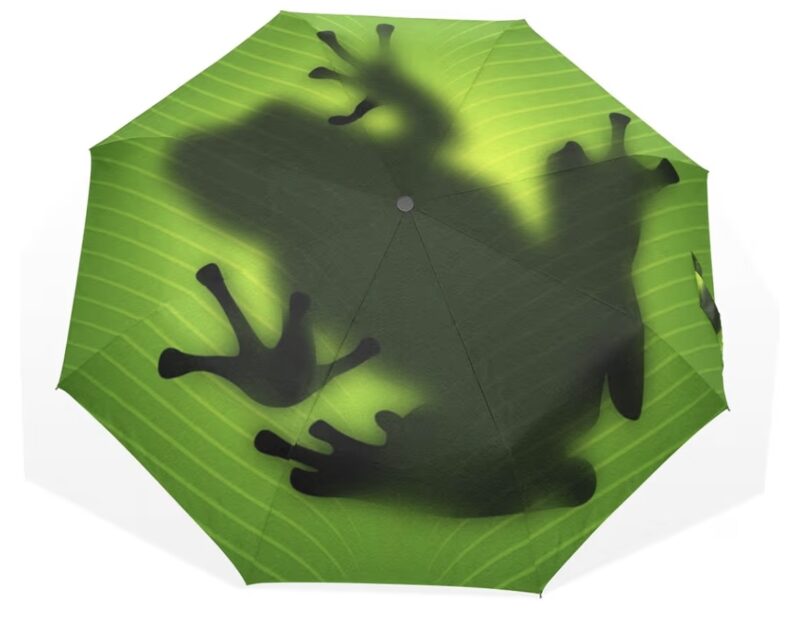
⑥さらにポジティブな気分になれる
雨に関することわざや慣用句を学習する
◇恵みの雨 タイミングよく訪れる幸運や助けのこと
干ばつの時の雨のようにありがたい出来事
◇雨だれ石をうがつ 小さな努力でも、続ければ大きな成果に
つながるというたとえ
◇雨降って地固まる 争いごとやトラブルのあとに、かえって
物事がうまく収まることのたとえ
◇止まない雨はない 今どんなに苦しくても、辛い時期は
必ず終わる。ずっと続く雨がないように
悪いこともやがて終わるというたとえ
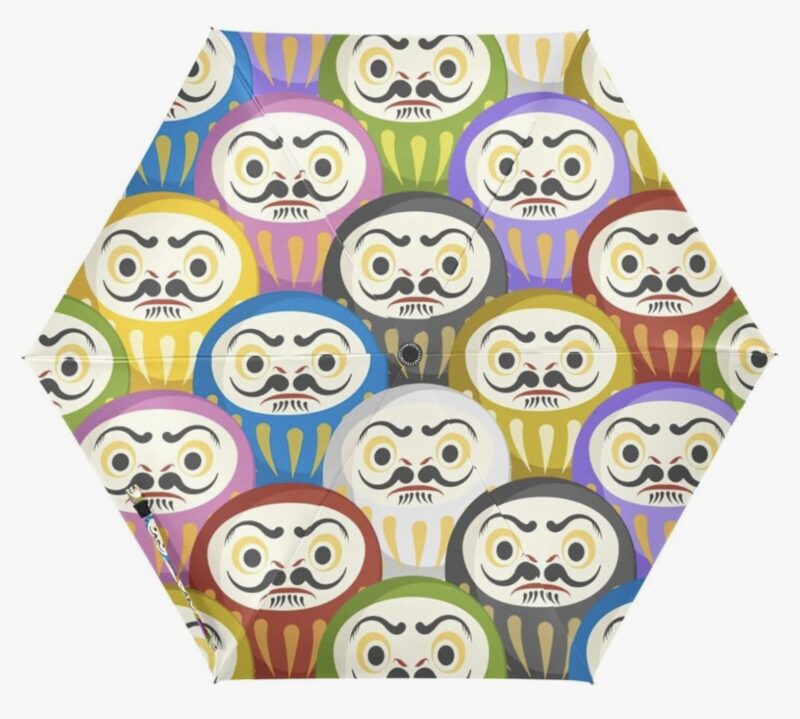
⑦それでもくじけそうな辛い時は、宮沢賢治の有名な詩、
『雨ニモマケズ 風ニモマケズ』とつぶやく。
どんな困難にも負けない強い意志と、何事もあきらめずに
乗り越えていく精神を表しています。
さぁこれでなかなかの教養も身につきましたよ!
言語学習はその文化の理解も含んでいると思います
この季節は特に体調を崩さずに気をつけましょう!
そして自然には勝てないですから、楽しんだ方がいいですよね♪

June 11th is “Umbrella Day” in Japan.
That’s because this date often marks the official start of the rainy season, tsuyu, according to the calendar.
Since Okinawa has already come out of the rainy season, it won’t be long before the rest of Japan enters it.
If you live in Japan, you’ll spend the next month and a half in humid, drizzly weather.
But I don’t really mind it — the blazing heat that comes afterward is much harder to bear.
With global warming, summers have become so unbearably hot that the rainy season actually feels like a relief.
Perhaps because of tsuyu, the Japanese language is full of expressions related to rain and water.
So let’s make good use of this season to learn more about Japanese culture.
Here are some uniquely Japanese ways to enjoy the rainy season — perfect for language learners, too.
① First, get yourself an umbrella that lifts your mood.
A tulip-shaped umbrella!
It’s both adorable and practical — the perfect combination.
By the way, every umbrella featured in this blog is available on Amazon, in case you fall in love with one. 😉
② Make umeshu (plum liqueur)
The reason it’s written as “tsuyu” (literally “plum rain”) is because the term came from China.
In China, this word was used to describe the rain that falls when plums ripen — and the name eventually made its way to Japan.
At my house, we just made a batch of umeshu three days ago!
It goes so well with Japanese food, and the flavor deepens beautifully over time.
Now it’s just a matter of waiting six months before it’s ready to drink.
③ Appreciate the hydrangeas
We have hydrangeas in our garden too, and they’re slowly starting to change color.
There aren’t many flowers that look so beautiful in the rain, are there?
④ Learn to appreciate the beauty of seasonal words.
Speaking of hydrangeas — how do you write ajisai in kanji again?
It’s one of those words that are a little hard to read, but so lovely once you know them.
Here are a few beautiful seasonal words often seen in early summer:
紫陽花 (ajisai, hydrangea)
苔 (koke, moss)
夏至 (geshi, summer solstice)
雨蛙 (amagaeru, tree frog)
五月雨 (samidare, early-summer rain — though it literally means “May rain,” it refers to June in the old calendar).
⑤Appreciate a classic haiku about “samidare.”
Now that we’ve learned the seasonal word samidare — meaning early-summer rain —
let’s take a moment to enjoy one of Matsuo Bashō’s most famous haiku:
五月雨を あつめて早し 最上川
Gathering the early-summer rains, the Mogami River rushes swiftly.
Samidare refers to gentle, lingering rain, not a torrential downpour.
Yet when all those quiet rains come together, they form a powerful, fast-flowing river.
Bashō was struck by this sudden transformation — nature’s beauty turning into force — and captured it in this verse.
Even if you don’t know its exact meaning, most Japanese people recognize this haiku.
It’s one of those poems that live in our shared memory, whispered from textbooks to rainy-day reflections.
⑥Learn some rain-related sayings to lift your spirits.
Rain has inspired many Japanese proverbs and idioms — gentle reminders that even cloudy days can hold wisdom and hope.
◇ 恵みの雨 (megumi no ame) – “Blessing rain”
A welcome bit of luck or help that arrives just in time, like rain falling after a long drought.
◇ 雨だれ石をうがつ (amadare ishi o ugatsu) – “Dripping water wears away stone”
Even small, steady efforts can lead to great results if you keep at them.
◇ 雨降って地固まる (ame futte ji katamaru) – “After the rain, the ground hardens”
Conflicts or troubles can sometimes strengthen relationships once they’ve passed.
◇ 止まない雨はない (yamanai ame wa nai) – “No rain lasts forever”
No matter how hard life feels now, tough times will eventually pass —
just as even the heaviest rain must someday stop.
Each of these sayings reminds us that rain isn’t just about getting wet —
it’s about patience, renewal, and the quiet strength to keep going.
⑦And when life feels overwhelming, whisper the words of Kenji Miyazawa’s famous poem —
“Be not defeated by the rain,
nor let the wind break you.”
This poem, Ame ni mo Makezu (Be Not Defeated by the Rain), expresses a quiet but powerful spirit —
the strength to face any hardship and the perseverance to keep moving forward, no matter what comes your way.
By now, you’ve not only learned new words and expressions,
but also gained a glimpse into the heart of Japanese culture.
Language learning, after all, isn’t just about vocabulary — it’s about understanding the world that shapes the words. 🌏💬
As the rainy season continues, take good care of yourself and stay well.
We can’t win against nature, but we can choose to enjoy it —
one drop, one word, and one quiet moment at a time.
